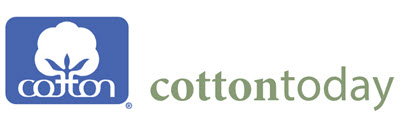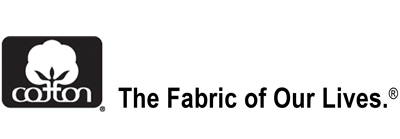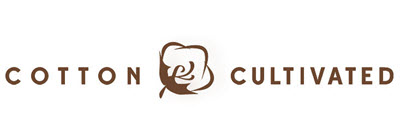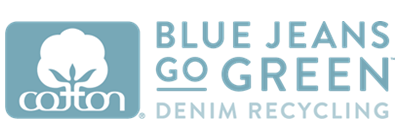Cotton Incorporated
Monthly Economic Letter
Cotton Market Fundamentals & Price Outlook
December 2025
Cotton Price Definitions
How to Read a Balance Sheet
RECENT PRICE MOVEMENT
Most cotton benchmarks were stable over the past month.
- Around the end of late November, the NY/ICE March contract tested levels near 65 cents/lb, but has since retreated to values closer to 63 cents.
- The A Index was range-bound, but drifted lower within its range, easing from 76 to 74 cents/lb over the past month.
- The Chinese Cotton Index (CC Index 3128B) was also generally steady, but it moved slightly higher, from 94 to 96 cents/lb in international terms. In domestic terms, values were mostly between 14,750 and 15,000 RMB/ton. The RMB strengthened slightly against the dollar, from 7.12 to 7.07 RMB/USD.
- Indian spot prices (Shankar-6 quality) held near 74 cents/lb or near 52,000 INR/candy over the past month. The INR traded around 89 INR/USD.
- Pakistani spot prices were steady near 66 cents/lb or 15,300 PKR/maund over the past month. The PKR held near 281 PKR/USD.
SUPPLY, DEMAND, & TRADE
The latest revisions to USDA estimates included slight reductions to the estimates for global production (-292,000 bales to 119.8 million) and mill-use (-275,000 bales to 118.6 million) in 2025/26. Historical revisions increased world beginning stocks slightly (+127,000 to 74.6 million). The net effect of these changes on ending stocks was minor (+42,000 bales to 76.0 million).
At the country-level, the largest changes to production figures were for Mali (-280,000 to 820,000) and the U.S. (+153,000 to 14.3. million),
For mill-use, the largest changes included those for Brazil (-100,000 bales to 3.4 million) and the U.S. (-100,000 bales to 1.6 million).
The global trade figure was reduced -275,000 bales to 43.7 million. In terms of imports, the largest changes were for Bangladesh (-100,000 bales to 8.0 million) and Vietnam (-100,000 bales to 8.1 million). In terms of exports, the only change over 100,000 bales was for Mali (-150,000 bales to 900,000).
PRICE OUTLOOK
With the reopening of the U.S. government, many data streams that were disrupted have been reactivated. During the 43 days the government was shutdown (October 1st through November 12th), cotton prices moved lower, with values for the most-currently-actively traded NY/ICE contract slipping from levels over 67 cents/lb to those near 63 cents.
The shutdown itself appears an unlikely influence on price movement, but the release of government data covering the period of the shutdown reveal other explanatory factors. The increase in the production estimates released in November is one example. Larger harvest numbers for China, Brazil, and the U.S. re-emphasized a market-shaping storyline in play since 2024 – that there is ample exportable supply relative to import demand.
Market participants appear to have been anticipating the November revisions and reallocated positions in the futures market in October. The Commitment of Traders (COT) reports from the Commodity Futures Trading Commission (CFTC) were a data stream affected by the shutdown. Data covering the shutdown period indicate speculators increased their net short position from the near all-time records that held through most of 2025 (around 60,000 net short contracts) to definitive new record net short levels in excess of 80,000 contracts in October (net short positions are speculator longs minus speculator shorts, data for futures and options).
The storyline involving exportable supply could continue to be influential. Forecasts for major exporters (Brazil, the U.S., Australia, and West Africa) suggest record production in 2025/26.
While the increase in exportable production has been a factor contributing to the fundamental situation, there have also been notable developments from the import side of the market.
China has not conducted sales from its reserve system since it made purchases on the international market in 2023/24, implying government supplies remain elevated. In addition, China has had strong yields the past two seasons, and the estimates for domestic crops in 2024/25 and 2025/26 exceed those for any crop year since 2012/13. Relatedly, Chinese import demand is predicted to be sluggish. After bringing in 15.0 million bales in 2023/24, Chinese imports were 5.2 million bales in 2024/25 and are expected to hold near that lower level in 2025/26 (5.4 million).
Another development in imports has been the growth in shipments from markets outside China. In 2023/24, there was a drop in imports from the world-less-China that stemmed from a slowdown in downstream orders as the world transitioned from a stimulus-supported surge to concern about recession with inflation and rising interest rates. At the global level, the reduction in import demand was masked by the strength of Chinese buying, but imports for the world-less-China in 2023/24 were the lowest in eight years.
More recently, as inventories have been drawn down, the downstream order environment has improved, and imports for the world-less-China are projected to reach a record in 2025/26. The current USDA forecast is 38.5 million bales, which is nearly ten million bales higher than the volume from 2023/24 (when China imported 15.0 million bales). In the short term, import buying from the world-less-China may not be sufficient to pull currently available export supplies tight enough to turn prices higher. But, over the longer-term, buying from markets in South and Southeast Asia could be expected to contribute growing demand-side influence on the market.
View the full report and charts









